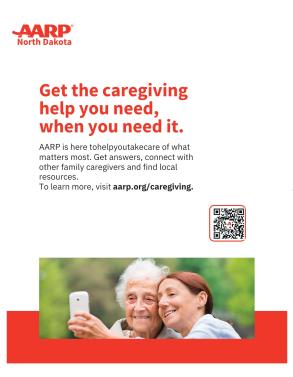Wellness | August 19th, 2025
By Ellie Liverani
Significant updates to North Dakota’s medical marijuana will be implemented in August 2025, making medical marijuana available as a therapeutic option. It will be low-dose edible cannabis products.
Cannabis and marijuana (and the other endless slang words for them) have been around for millennia for both recreational and medical use. Even poets, artists, and politicians have admittedly enjoyed them. But what do we know about them?
Is medical marijuana different from recreational? Why do we have so little information about it, despite cannabis having been around for millennia?
We use cannabis and marijuana interchangeably, but in fact, cannabis (sativa) is the whole plant, while marijuana is the dried leaves and flowers. They both contain psychoactive and non-psychoactive components (cannabinoids), but the concentration in marijuana is significantly higher. Different cannabis can also have different concentrations of cannabinoids depending on the strain and/or the growing conditions (soil, water, weather and so on).
One of the highest percentages of cannabinoids in cannabis is cannabidiol (CBD). This molecule is not psychoactive, so it does not make you “high.” Tetrahydrocannabinol (THC) is also very abundant, but it is psychoactive. They have both been investigated in research (basic and clinical trials). In general, medical marijuana (edible) is THC or CBD (2.5-5 mg). Indeed, it is a different composition than the plant you can grow in your garden.
Different compounds in the plant can be more effective in specific conditions. For instance, THC has helped cancer patients manage chemotherapy-induced vomiting and nausea while stimulating their appetite, while CBD has been used to ameliorate chronic pain and muscle spasm caused by other diseases, such as multiple sclerosis. Both can be effective in decreasing anxiety. So, medical marijuana can provide each patient with a consistent dose of whichever compound is more effective for their conditions.
So far, medical marijuana is prescribed to manage symptoms (insomnia and anxiety, for example) or to help you with side effects of other treatments, such as chemotherapy.
Can it be used as a treatment? There are a lot of fascinating and successful stories on the internet. But what does the science say?
Overall, they are promising drugs. However, we still do not have conclusive data. There are a lot of challenges to overcome in studying these drugs. The first (and more important) one is to collect meaningful data. As much as cannabis has been around for millennia, the dose and the time of administration have not been standardized in any way. Long-term effects have also not been assessed. The fact that cannabis has been illegal — and still is, worldwide — has also prevented further data collection.
THC and CBD have been studied as single compounds in different animal models (HIV infection, metabolic disorders, PTSD, neuroinflammation, and depression). On average, they have shown success in ameliorating the symptoms and decreasing inflammation.
In clinical trials, there is a percentage of the population who responded well to cannabinoids (both THC and CBD) but high variability was noted. Indeed, some people do not tolerate these drugs and some participants do not show any improvement. So it is not effective for everyone. Further studies could identify trends and see whether these drugs can be targeted to a specific population.
Interestingly, the effects of cannabinoids are different in males and females. For example, cannabis would lower anxiety in females, while increasing appetite and energy in males.
Overall, legalizing these drugs can support the exploration of them as a new effective therapy. People have been using marijuana from various (and unregulated) sources for millennia, so having a regulated way to obtain the drug will have positive effects. However, they may not be for everyone.
“Hashish will be, indeed, for the impressions and familiar thoughts of the man, a mirror which magnifies, yet no more than a mirror.” Charles Baudelaire
Dr. Liverani is an assistant professor at the NDSU School of Pharmacy.
December 18th 2025
November 18th 2025
October 15th 2025
October 6th 2025
September 16th 2025
_(1)__293px-wide.png)

_(1)_(1)_(1)__293px-wide.jpg)
__293px-wide.jpg)

_(1)__293px-wide.jpg)